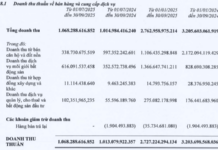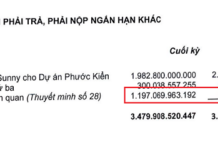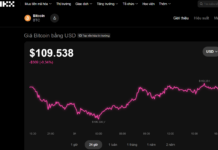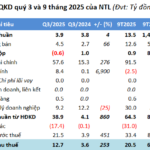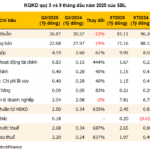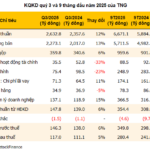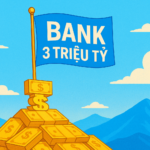The Cash Flow Crunch and the Rise of “Flexible Credit”
Minh Tuấn, a first-year student in Hanoi, found himself in a tight spot when his phone broke just before the start of the semester. With a part-time job barely covering his living expenses and relying on parental support, he couldn’t afford a new phone outright. Unable to borrow from friends, he considered pawning his old motorbike but backed out upon seeing the staggering 70% annual interest rate.
Tuấn’s struggle isn’t unique. According to Vietnam’s General Statistics Office, in 2023, over 62% of the rural population faced challenges accessing formal banking services. An EY survey revealed that 42% of the underbanked population had resorted to informal options like borrowing from acquaintances, payday loans, or rotating savings schemes in the past year, primarily for small, short-term needs.
For many young adults, cash flow gaps are temporary, but missteps like using predatory lending apps can lead to severe consequences. Instead of desperate borrowing, they’re turning to flexible credit options—a “use now, pay later” approach for manageable amounts. “It’s like an advance on my salary, strictly for essentials,” shared Thái Trâm, an office worker in Ho Chi Minh City.
“Flexible Credit”: Temporary Lifeline or New Financial Habit?
While 2018–2022 saw the boom of digital payments, recent years have shifted focus to small-scale consumer credit. The “use now, pay later” model addresses short-term spending needs, especially as living costs rise faster than incomes. Essentially, it’s a safety net for cash-strapped individuals, offering emergency funds without resorting to high-risk loans.
However, young users are transforming this tool from a stopgap into a disciplined financial habit. When used responsibly, flexible credit helps manage cash flow proactively and builds a positive credit history, unlocking larger loan opportunities in the future.
Domestic fintech platforms are accelerating this trend. TPBank and MBV’s Ví Trả Sau on MoMo, for instance, offers up to 20 million VND in credit, entirely online, with no income or collateral requirements. For students, freelancers, and young professionals, it’s a financial buffer that encourages disciplined spending.

Unlike traditional loans, Ví Trả Sau is fully digital, with instant approvals and transparent fees. This simplicity attracts young users, fostering consistent credit habits—spending within limits, repaying on time, and building creditworthiness.
Broader still, this marks a shift from “surviving shortages” to “actively managing cash flow.” For youth, flexible credit isn’t just a crisis tool but a way to cultivate financial control, stability, and maturity in personal finance.
“When individuals understand credit products, recognize risks, and manage their cash flow, they’ll use credit responsibly and repay on time. This reduces bad debt for banks while strengthening market trust and economic resilience,” emphasized Nguyễn Quang Huy, CEO of Banking & Finance at Nguyen Trai University.
In today’s fast-paced digital economy, spending discipline rivals earning power. “Flexible credit in 3 minutes” thus symbolizes financial maturity—where youth master their finances instead of being controlled by them.
Deputy Prime Minister and Delegates Tour Various Booths at Vietnam Card Day
On the evening of October 18th, as part of the opening ceremony of the Sóng Festival – Vietnam Card Day 2025, Deputy Prime Minister Hồ Đức Phớc, accompanied by representatives from central ministries and agencies, toured and experienced payment technology at various exhibition booths.
Get 20% Cashback on VNPAY-QR Payments Using PVcomBank Credit Cards
From October 16, 2025, to January 15, 2026, PVcomBank credit cardholders can enjoy a 20% cashback on all transactions made via VNPAY-QR. This exclusive offer is part of the “Spend Now, Pay Later – Earn More Cashback” promotion, empowering customers to shop smarter, spend flexibly, and save like never before.












